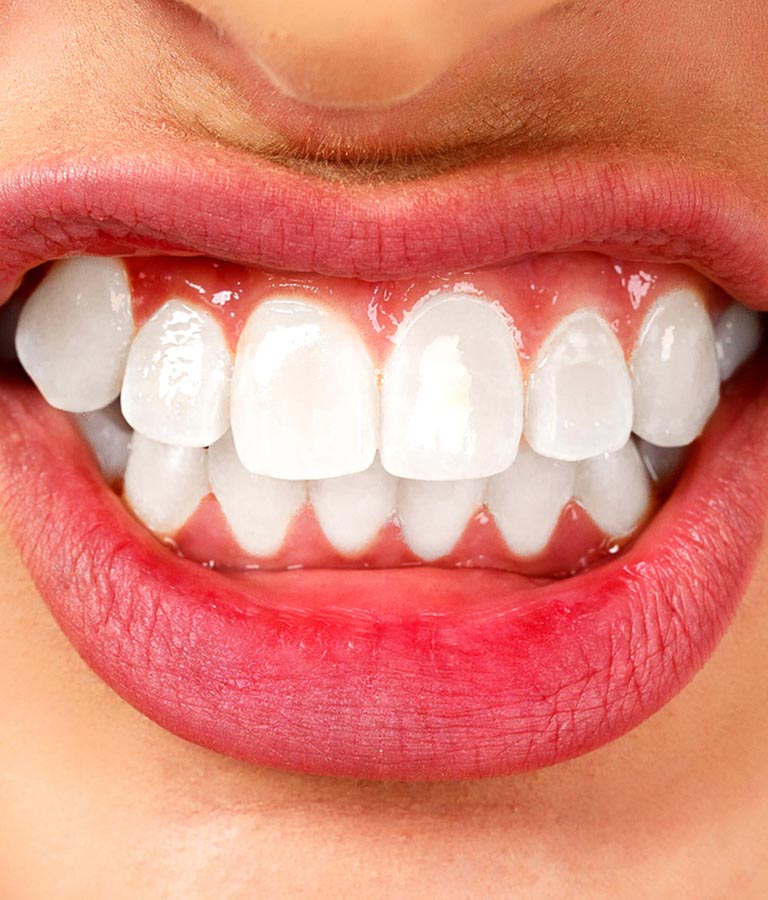TMJ/TMD Treatment
Your temporomandibular joint, or TMJ as it’s more commonly known, is a complex sliding hinge joint that connects your jaw to your skull on both sides.
Exam
If you feel like you may be experiencing signs of TMD, your doctor will perform a thorough examination of your head, neck, mouth and jaw. We will listen for “popping” sounds when the mouth opens and closes. The specialist will feel around for areas of pain or discomfort.
Additionally, a CT scan or an x-ray may be used to detect any underlying issues affecting the jaw. In some cases, a TMJ arthroscopy can be used to properly diagnose TMD. The arthroscope is a small camera that is inserted around the jaw joint in order to make an informed diagnosis.
 Treatment
Treatment
Therapy
Physical Therapy
-Utilizes an array of exercises to strengthen jaw joint muscles
Oral Splints
-Mouth guard to alleviate jaw pain
-Provides jaw joint support
Procedures
Injection
-Corticosteroid or Botox injections used to alleviate jaw pain
TMJ Arthroscopy
-Small tube (cannula) is inserted into the jaw joint area
-Arthroscope (camera) is introduced and surgery performed with tools to eliminate TMD
Arthocentesis
-Tiny needles are inserted directly into the jaw joint
-Fluid alleviates jaw inflammation
-Minimally invasive
Open-joint Surgery (Arthrotomy)
-Used for structural jaw issues
-Repairs or replaces the jaw joint
Medication
Your doctor may prescribe pain relievers or anti-inflammatory medicine to alleviate TMD. If you are experiencing muscle spasms, muscle relaxants are used to tend to the area.

